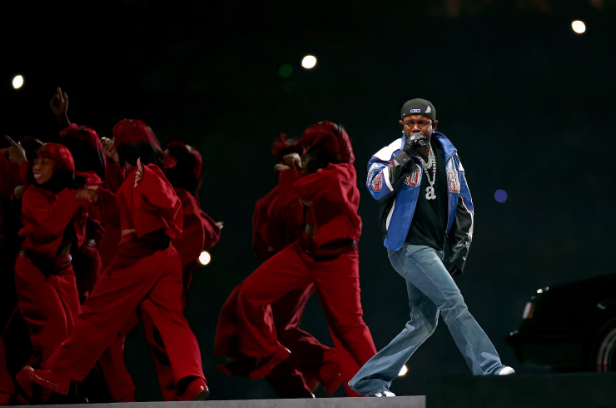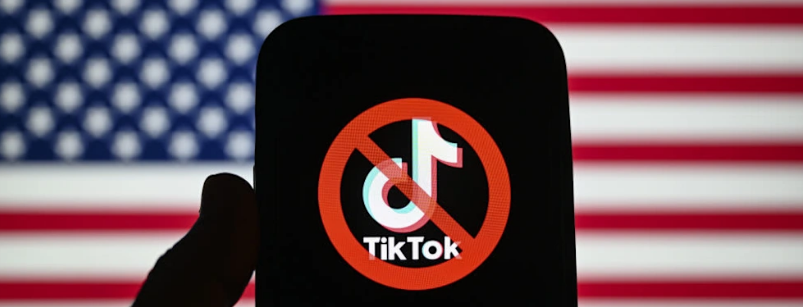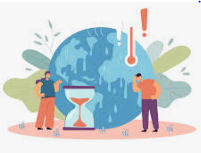
Aahh, February. The month of love…the month of romance…the month of Valentine’s day! Many people take this day to celebrate their partner. Some people give chocolates and other candies to their friends. And then there’s a handful of people who…just aren’t the biggest fans of this holiday. But that’s okay! There are tons of holidays that we celebrate around the year but do we ever consider why? Most people know the backstory of Thanksgiving. And most people know what went down on Christmas. But we don’t hear much about the history of Valentine’s day. What exactly happened that created this lovely-dovey tradition?
Multiple St. Valentines?
The beginning of this holiday goes far back to ancient Roman times. There are at least 2 different St. Valentine’s that the Catholic church recognizes as the saint connected to Valentine’s day. Since they were so similar, it is believed that they were the same person, but it cannot be confirmed.
One of the Valentine’s was a priest from the third century in Rome. Emperor Claudius III outlawed young men to get married as he believed that single men made better soldiers. St. Valentine noticed this injustice and despite the law, he would secretly wed young lovers. When he was found out, Emperor Claudius ordered for him to be executed. He became a martyr, as well as the other suspected Valentine.
Another Valentine was said to be killed for helping Christians escape Roman prisons. Accordingly, while imprisoned, Valentine wrote the first ever “valentine greeting” to a young girl(possibly the jailer’s daughter) who was visited during his confinement. Before his execution, he supposedly signed his letter off with, “From your Valentine.” A very heart-touching backstory to the popular phrase used around Valentine’s Day.
Although it’s a mystery of who’s the real St. Valentine(though they are both real), we can definitely say that he was a person of sympathy, and love, and romance. Interestingly enough, Saint Valentine was also the patron saint for beekeeping and people with epilepsy.
The Suspected Origins
The Pagan Festival, Lupercalia, may be the origin of Valentine’s day because of their similarities. Lupercalia is held in the middle of February, and celebrates the coming season of spring as well as the old tradition of pairing off women to partners through a lottery system. They start this festival with a sacrifice of dogs and goats.. a lot of intricate details go into the festival but they’re a little…you can look them up yourself if you please. Anyway, the only similarity I was able to understand is the time they are both celebrated are fairly close!
Towards the end of the festival, the women in the city would put their names in a big urn. Then, bachelors would draw a name and become a pair with the woman whose names was drawn for a year. These matches often led to long-lived marriages.
Eventually, Lupercalia was outlawed as un-Christian by the end of the 5th century.
Middle Ages
Around then, Pope Gelasius declared St. Valentine’s Day on February 14th. In England and France, they believed this date was the start of the bird’s mating season, which enhanced the idea of love and romance for this particular day.
Geoffrey Chaucer, an English poet, was the first to write about Valentine’s day as a day of love and romance. He shared this in his poem, “Parliament of Fowls.”
Apparently, there had been Valentine’s given before but written ones only sparked after the 1400s. In 1415, Charles, a Duke of Orleans, wrote the oldest known valentine to his wife while imprisoned, isn’t that sweet?(ladies, if he wanted to he would!!).
Popularized and Upgraded
Although love messages/valentines have been documented to be found in the 1500s, Valentine’s day began to be popularized around the world in the 1700s, and by the mid 1800s, the first commercial valentine was printed in the United States.
Mostly handmade gifts were exchanged in the early 17th century, that is until 1840s when Esther A. Howland started to mass produce and sell valentines made from lace, ribbons and pictures(also known as scrap). She earned the title, “Mother of the Valentine.”
In the 19th century, printed cards rose in popularity, as printing technology began to improve and upgrade, and have adapted to the norm for Valentine’s day cards!
Now we’re caught up in the history, as it continues to evolve and develop throughout time! Although there are so many different factors that contribute to Valentine’s day and how it’s been shaped, remember the focus is on love! Hopefully this February 14th, you’re not sacrificing goats and dogs. Happy Valentine’s Day!♡
References:
https://www.history.com/topics/valentines-day/history-of-valentines-day-2














Selina Martinez • Feb 15, 2025 at 9:50 am
What an awesome story.